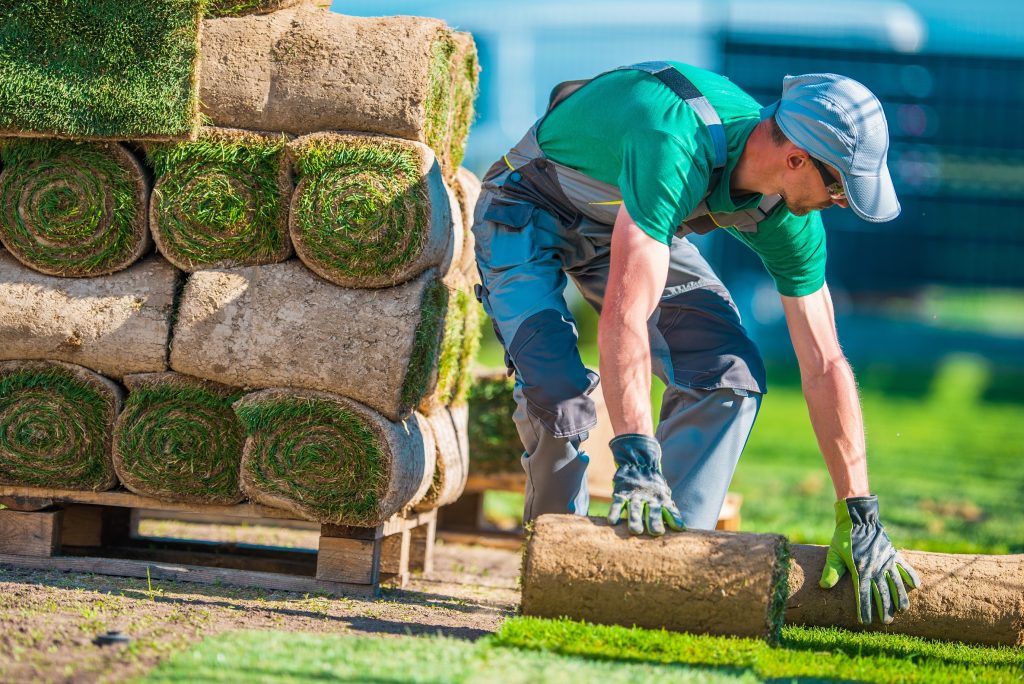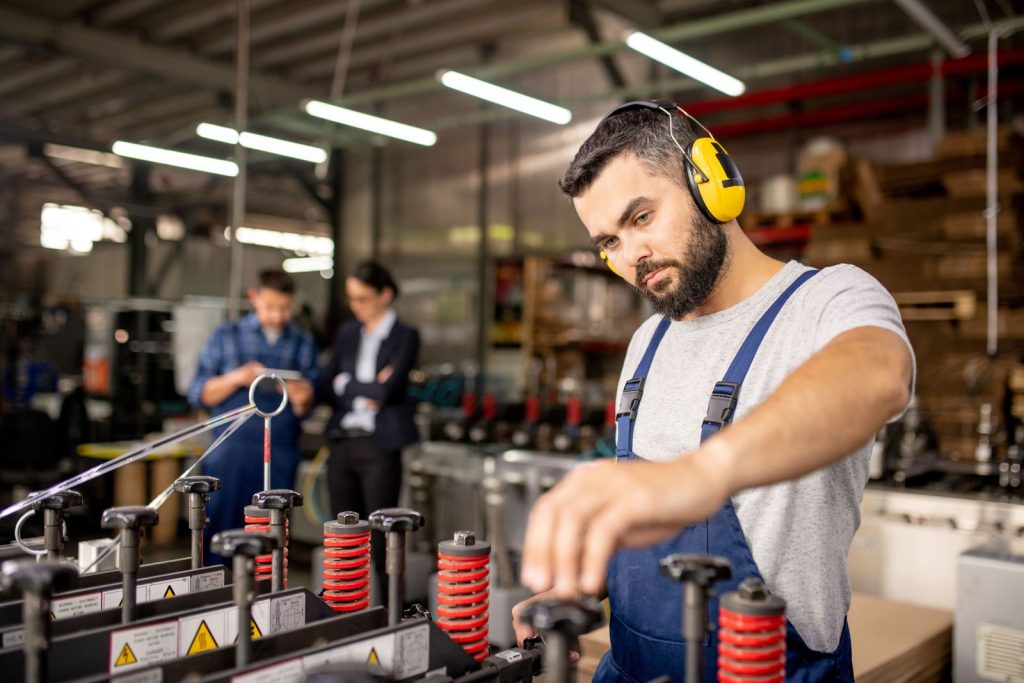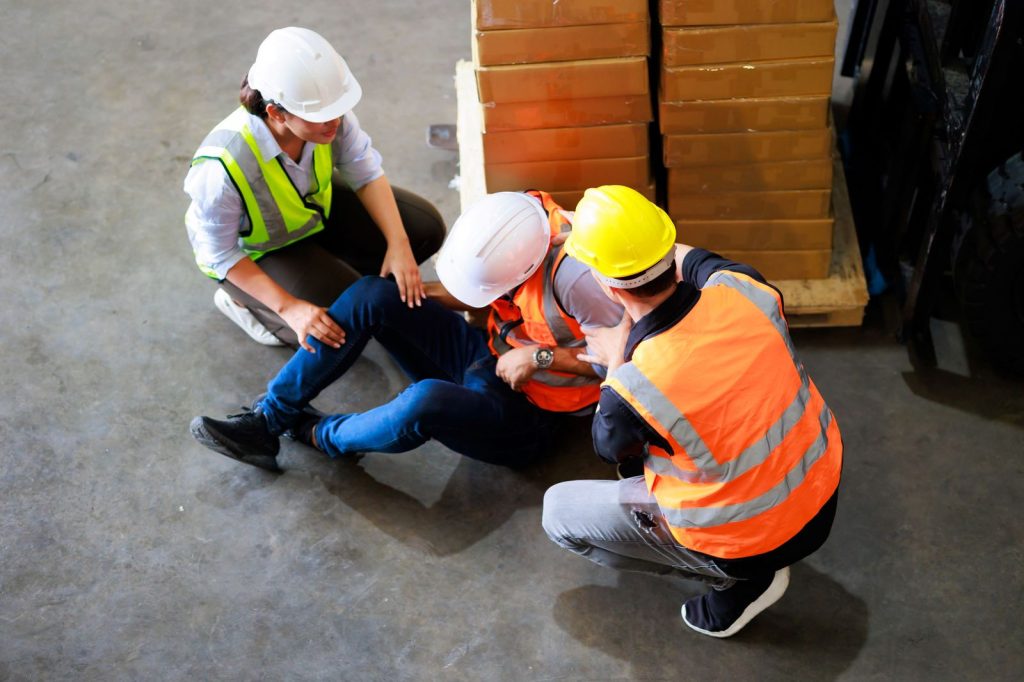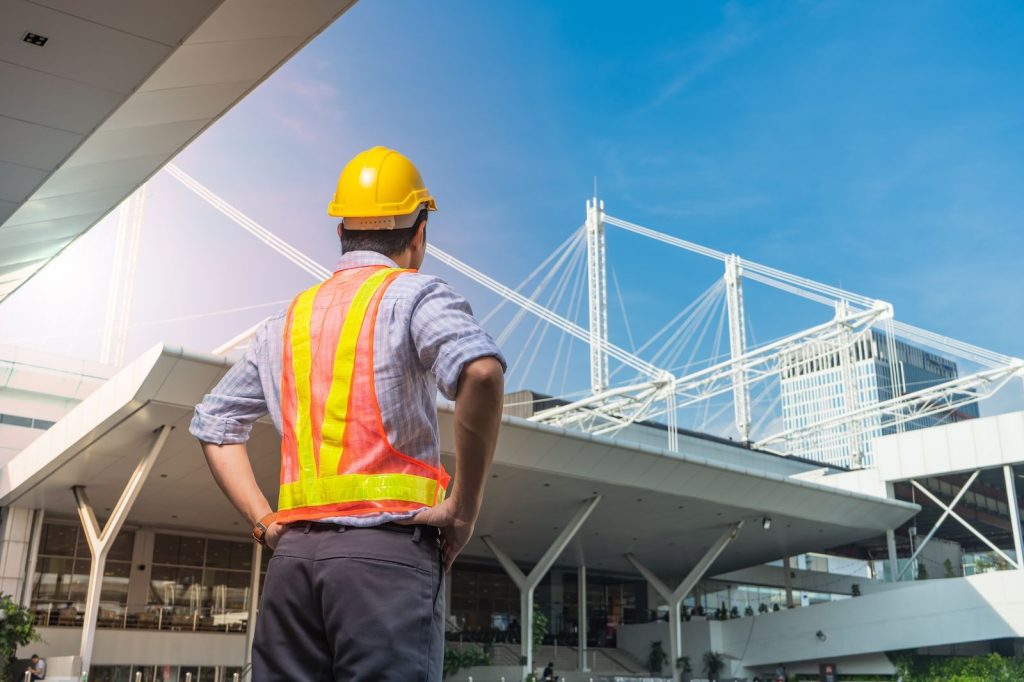How To Stay Safe While Landscaping

You might not think that landscaping would involve safety concerns. After all, mowing grass, pulling weeds, and planting flowers seems pretty straightforward, right? While it may seem like it doesn’t, landscaping comes with plenty of hazards.
Whether you’re a landscaper by profession or a casual gardener, or your company employs a landscaping team for maintaining the grounds of your office, there are safety practices that everyone should follow.
One obvious requirement that should already be a habit is wearing landscaping safety glasses when you’re working. If you haven’t had them on, please start! Here are some other tips and information you need to know to stay safe at work:
Have a Landscaping Safety Checklist
Landscaping can be a dangerous profession if you’re not aware of the hazards. Whether you’re using a power mower, wood chipper, or any other landscaping tool, there should be a checklist in place to ensure that everyone knows the potential dangers and how to avoid them. The checklist should include:
- a list of the jobs for the day
- the employees assigned to those jobs
- protective gear required (safety goggles, earplugs, protective, etc.)
- vehicle/machine safety information
Help prepare your employees and prevent injuries with a safety checklist!
Pesticide Safety
Even though many companies no longer use chemical pesticides, part of landscaping safety is to be aware of the potential dangers.
If you’re exposed to pesticides the symptoms can be mild irritation to moderate, and finally severe that can result in death.
Before you use any product, always read the label. If it is a chemical pesticide it should come with a safety list. You do want to follow the landscaping safety checklist which will require you to wear protective gear. Your nose and mouth will need to be covered, gloves for your hands, and you’ll also need a pair of landscaping safety glasses to protect your eyes.
Hydration
As a landscaper, you’re usually outside all day in the heat and sun. Even cloudy days can still be dangerously hot and cause sunburn – so sun protection is vital.
Heat stress is a real concern when you become dehydrated after working in the sun. Also known as heat exhaustion, it can lead to heatstroke. Your body also loses fluids in your sweat, so be sure to replace them. Hydration is key for your health and safety, and you need to take plenty of water breaks.
Wear Landscaping Safety Glasses
Even if you’re just edging, it’s still a good idea to wear a pair of landscaping safety glasses. For some larger jobs, it is an OSHA safety requirement.
Landscaping safety goggles are similar to other workplace protective eyewear. The primary difference is they are often tinted to protect your eyes from bright sunlight.
No matter what type of landscaping equipment you are working with, there is always the chance a stick, rock, or other debris could get into your eyes.
Keep Tools and Equipment Maintained
Whether it’s a small blade or a larger one, you always want to keep them clean and sharp. Not only will it make the job easier, but it will also prevent accidents.
You also want to keep your equipment in good working order. It applies to all gas, electric, and battery-powered machines. All owner manuals should be within easy access for easy reference if there are any questions about how to use a piece of equipment.
Use Proper Posture and Stretch
Landscaping requires a lot of physical activity and repetitive movements. Bending and crouching over garden beds, along with pulling weeds and pushing equipment are some of the movements you’ll do over and over again. If you don’t remember to have proper posture and stretch cramped and tired muscles out frequently, you will feel it later in the day.
Back, arm and leg muscles will all get a workout during landscaping, and stretching will help keep them loose and limber. You don’t want to pull a muscle or over-stretch a tendon pushing a lawnmower or staying in a crouched position for too long.
When you’re working try to keep your shoulders back, and always lift with your legs. Proper posture prevents muscle strain and lifting with your legs helps to ensure you won’t injure your back.
Stay Safe With Work-Fit
Landscaping is more dangerous than you might’ve thought but it’s also easy to stay safe from hazards. Knowing how the tools and equipment work and how to maintain them is one of the first steps. You also want to stay hydrated, wear safety gear, maintain proper posture and stretch before and after working.
At Work-Fit, we understand landscaping safety. We can help you create a safety checklist and even guide you on employee training.
Whether you have questions about workplace safety or want to learn more about our services, contact us today. We’re here for you.



